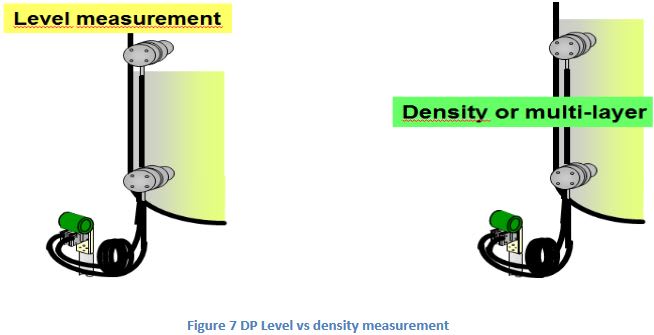Hello Everyone,
I am currently working a process to determine the liquid volume and level of level transmitter in a vessel.
I am looking for some guidance and advice to perform liquid volume in a vessel and level transmitter calculation.
I have two questions below:
1. How can I determine the percentage of the low level alarm of -300 mm (type of fluid: Natural Gas Liquids NGL)?
2. How can I calculate the liquid volume in a vessel if my low alarm point (LL) is at -300 mm?
I am not really sure how to use the low level alarm which is -300 mm ( i am confused with the value of -300 mm) which is below the Bottom Tangent Line to calculate the liquid volume and the percentage of level transmitter.
I have attached a sketch of the system in question for your understanding.
Can you please advice and give any relevant references for me?
Many thanks
I am currently working a process to determine the liquid volume and level of level transmitter in a vessel.
I am looking for some guidance and advice to perform liquid volume in a vessel and level transmitter calculation.
I have two questions below:
1. How can I determine the percentage of the low level alarm of -300 mm (type of fluid: Natural Gas Liquids NGL)?
2. How can I calculate the liquid volume in a vessel if my low alarm point (LL) is at -300 mm?
I am not really sure how to use the low level alarm which is -300 mm ( i am confused with the value of -300 mm) which is below the Bottom Tangent Line to calculate the liquid volume and the percentage of level transmitter.
I have attached a sketch of the system in question for your understanding.
Can you please advice and give any relevant references for me?
Many thanks


